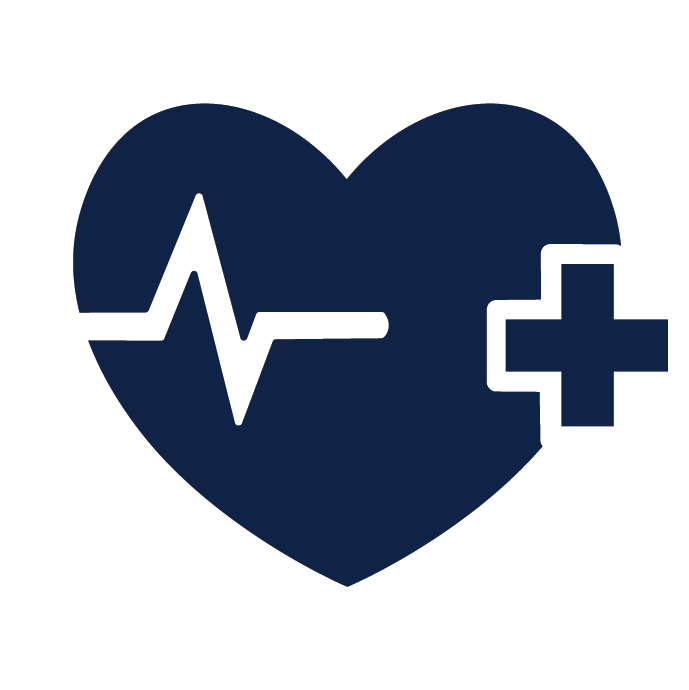
Health Reset Track
The COVID-19 pandemic has caused unprecedented health and economic shocks across the world. While we wait to recover economically, we know from evidence from the 2008 global financial collapse that we will see a large increase in social and health needs including worsening living standards, well-being reductions, decreased educational achievement, increased rates of suicide and increase in poor mental health, many of which will stem from unemployment.
An Opportunity to Build Learning Health Systems
Designing a response to deal with these issues is not straightforward but the pandemic has given us an opportunity to challenge our assumptions and rethink how our systems are currently designed. In light of this, what would 'building back better' mean for health and care systems? One very attractive option would be to build learning health systems that deliver value. A learning health system is defined by the Institute of Medicine as one that is:
"...designed to generate and apply the best evidence for the collaborative healthcare choices of each patient and provider; to drive the process of discovery as a natural outgrowth of patient care; and to ensure innovation, quality, safety, and value in health care [...] Our vision is for a healthcare system that draws on the best evidence to provide the care most appropriate to each patient, emphasizes prevention and health promotion, delivers the most value, adds to learning throughout the delivery of care, and leads to improvements in the nation’s health."
Delivering Value
Value in the context of a learning health system, especially universal healthcare systems, can be framed as delivering better patient, population and/or societal outcomes while optimizing resource utilization – and the resources here would include money, of course, but it would also include staff time, patient’s time, use of infrastructure and the use of carbon (healthcare accounts for 4–5% of global carbon emissions).
To deliver the best health for our populations, we know from the work of Rose, Wilkinson and Marmot (Social Determinants of Health, 1998) that social determinants of health (e.g. housing, education, transportation, access to jobs, nutritious food, clean air, clean water, support to prevent/recover from substance abuse, etc.) determine 70–80% of our health outcomes.
Further to this, a large proportion of the demand we see in healthcare is for diseases affecting our populations (Non-Communicable Diseases [NCDs] like high blood pressures, type 2 diabetes, high cholesterol and obesity) that can be reversed or brought into remission through lifestyle interventions like diet, exercise and stopping smoking. Despite the evidence for health promotion/disease prevention, the OECD reports that healthcare systems globally only spend 2–3% of their healthcare budgets on health promotion/disease prevention.
Exploring Interventions to Reset Our Health Systems
In this track, we will explore how we can reset our healthcare systems in line with the IOM’s vision of a learning health system that delivers value and keeps our populations healthy. We will explore interventions at multiple levels (e.g. local, regional, national, international), for different stakeholders (e.g. patients, providers, payors) and through different intervention modalities (e.g. digital, non-digital, organisational, policy).
Potential Project Questions
Solutions for Unmet Health Needs
Within our society, on the demand-side of healthcare (including social determinants of health), we have two broad categories – those whose needs are met, and those whose needs are unmet.
Can you design solutions to identify unmet health needs within our society?
Once these unmet needs are identified, can you design solutions that channel information about these unmet health needs to the health and care organizations most suited to address these needs?
Once these individuals with currently unmet health needs are channeled to the appropriate organization, can you design solutions that can capture information on whether their needs have been truly met, and create feedback loops so this information can flow back to the health and care organizations – i.e., creating a learning health system that delivers value?
Demand-Side Interventions
Considering innovation in healthcare, a disproportionate amount of time and money is devoted to creating solutions on the supply-side (e.g. training more doctors, nurses, etc.; building new hospitals; researching and creating new technology for healthcare diagnostics or healthcare interventions; creating new medications, etc.).
Not as much time and/or money is spent designing solutions that will address the demand-side – i.e., if we keep our populations healthy, we won’t have as much need for healthcare in the first place. One reason for this is that the financial return on investment for demand-side interventions is not as high as the supply-side, which yields more constant ROI.
Considering these imbalances, can you design interventions (digital, non-digital, organizational, policy) that can be used by individual patients, clinicians, healthcare organizations, healthcare payors and/or regional, national, international stakeholders, to keep our citizens healthy?
For solutions that are commercially-oriented, can you design incentivization mechanisms to promote health and reduce demand for healthcare?
Track Insights and Resources
Curious to find out more? You can look through the following insights and resources for the Health Reset Track to get thinking about the challenges that this track brings to the fore.
Recommended reading:
Article: Preparing for COVID-19’s Aftermath: Simple Steps to Address Social Determinants of Health
Article: The Community Cure for Health Care
Article: Does Reduced Health Spending Mean Reduced Care Quality? Just the Opposite, Says Disruption Theory
Optional reading:

